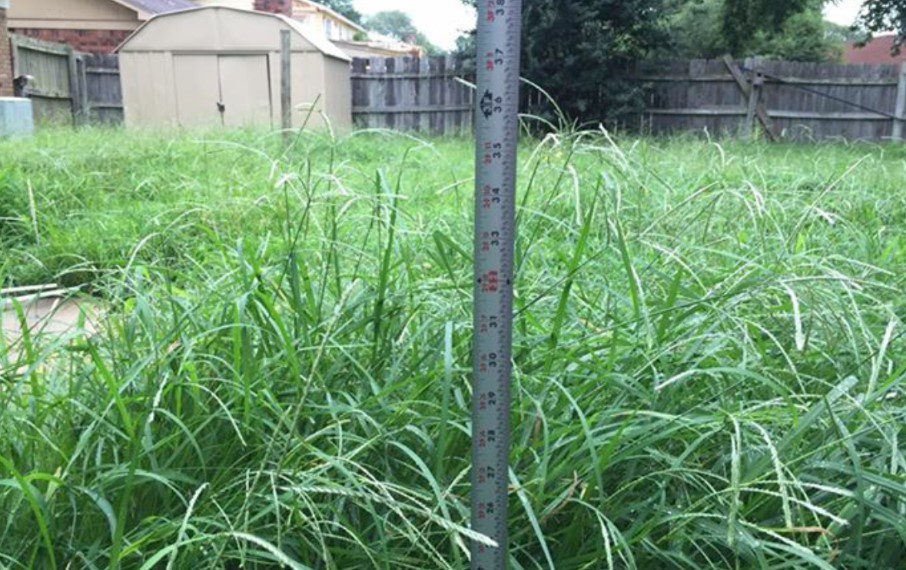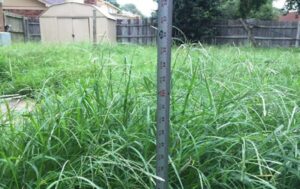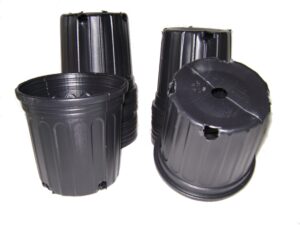
Introduction
Understanding the factors influencing grass growth is essential for maintaining a lush and healthy lawn. Temperature plays a significant role in regulating grass growth patterns, with both extremes and optimal ranges impacting its development. In this article, we delve into the relationship between temperature and grass growth, exploring the conditions under which grass growth ceases and the implications for lawn care.
Optimal Temperature Range for Grass Growth
Grass thrives within a specific temperature range conducive to its growth and development. Generally, temperatures between 65°F to 80°F (18°C to 27°C) are considered ideal for promoting vigorous grass growth. Within this range, grass can efficiently photosynthesize and utilize nutrients for cell division and expansion, resulting in lush and green lawns.
However, extreme temperatures can hinder grass growth and even cause it to stop altogether. When temperatures exceed 90°F (32°C), cool-season grasses may enter a state of dormancy to conserve moisture and energy, slowing down or halting growth. Conversely, temperatures below 50°F (10°C) can inhibit metabolic processes within the grass, leading to reduced growth rates or dormancy during winter months.
Seasonal Changes in Grass Growth
Grass growth patterns fluctuate throughout the year in response to seasonal changes in temperature and daylight. During the spring and fall, when temperatures are mild and consistent, grass exhibits peak growth rates, resulting in lush, green lawns. In contrast, the summer months, with their hot and dry conditions, can slow down grass growth and induce dormancy in some species.
Managing grass growth throughout the year requires careful observation and adjustment of lawn care practices. During periods of active growth, regular mowing, watering, and fertilization can help maintain healthy turf. In summer, adjusting mowing heights and providing adequate irrigation can help grass withstand heat stress and maintain its resilience.
Factors Influencing Grass Growth Rate
Several factors influence the rate of grass growth, with temperature playing a central role. Soil temperature and moisture levels directly impact root development and nutrient uptake, influencing grass growth aboveground. Different grass species and cultivars have varying temperature tolerances and growth habits, with some better suited to specific climates and conditions than others. Additionally, nutrient availability and soil pH can affect grass growth rates, with optimal levels promoting vigorous growth and resilience to environmental stressors.
Conclusion
In conclusion, the temperature plays a crucial role in regulating grass growth, with both optimal ranges and extremes influencing its development. Understanding the relationship between temperature and grass growth is essential for effective lawn care management throughout the year. By monitoring temperature fluctuations, adjusting lawn care practices accordingly, and selecting appropriate grass species and cultivars, homeowners can maintain healthy and vibrant lawns in diverse climates and conditions.






